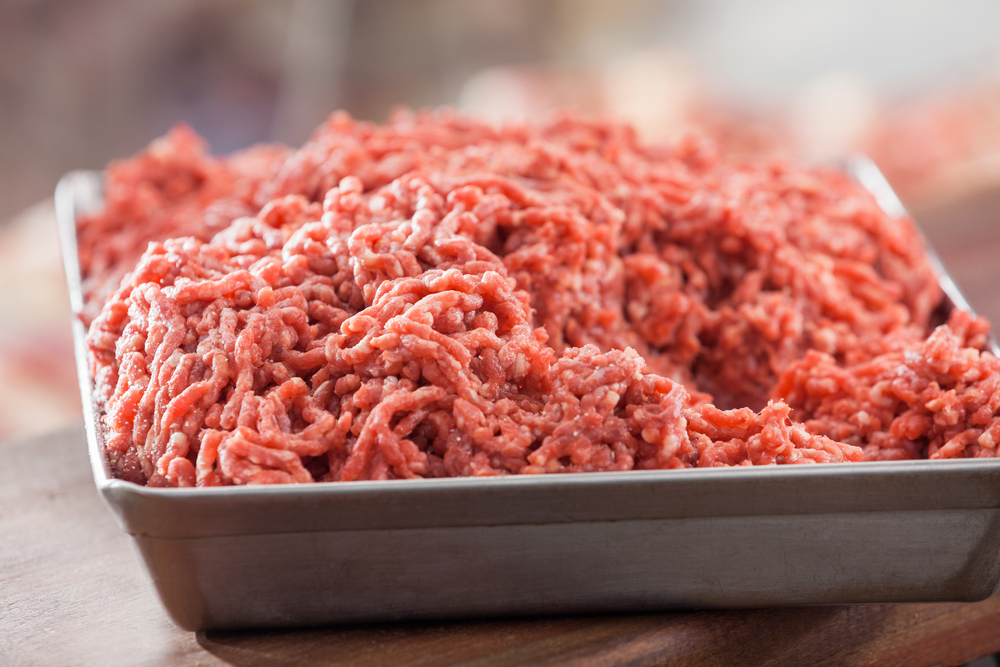Holishkes is a traditional Jewish dish known by many as stuffed cabbage leaves. Although holishkes are enjoyed year-round, they are especially popular in Jewish communities during Succoth, a seven-day harvest festival where stuffed foods are served to symbolize abundance. The dish is made from a filling of seasoned ground meat mixed with rice that is wrapped inside blanched cabbage leaves before being simmered in a tomato sauce. A staple of Jewish cuisine since the 14th century, holishkes can be made without rice, which was only added to stretch the meat when it was expensive.
Recipe Servings: 8
Prep Time
1 hour
Cook Time
2 hours 30 minutes
Total Time
3 hours 30 minutes
Vegetarian
Vegan
Gluten Free
Dairy Free
Kosher
Halal
Ingredients
- 1 large cabbage
- 1 lb ground beef, ground chicken, or a mixture of both
- 1 cup cooked long grain rice, white or brown
- ⅓ cup onion, minced
- 2 Tbsp fresh dill, minced
- 1 large egg
- 1½ cups sauerkraut, drained and divided
- 1 large can (28 oz) tomato sauce, divided
- 1 can (14 oz) diced tomatoes
- 2 Tbsp fresh lemon juice, with more as needed to taste
- 2 Tbsp brown sugar, with more as needed to taste
- 2 Tbsp tomato paste
- 1 Tbsp paprika
- 1 garlic clove, minced
- ¼ tsp allspice
- ½ cup chicken stock or water
- 1½ tsp salt, with more as needed to taste
- 1 tsp ground black pepper, with more as needed to taste
Directions
- Rinse the cabbage, submerge it in a large pot of boiling water, and cook for 4–5 minutes. The leaves should be somewhat soft and pliable, but not too soft.
- Drain the cabbage in a colander and let it rest until it cools enough to handle.
- Mix together the ground meat, cooked rice, onion, dill, egg, ½ cup sauerkraut, ⅓ cup tomato sauce, salt, and pepper in a large bowl.
- Peel the large leaves off the head of cabbage, keeping only the ones that are intact and large enough to stuff.
- Chop the remaining cabbage into small pieces.
- Dry the large leaves using paper towel.
- Shave off part of the thick stem at the base of each leaf using a knife. Be careful not to cut through the leaves.
- Place ¼–⅓ cup of the filling in the center of one of the leaves, about a ½-inch above the base.
- Fold the base of the leaf up over the filling until it’s completely covered. Then fold the left edge of the leaf inward, leaving the right end open, and continue rolling until it is completely rolled up. Tuck the loose end of the leaf inward, pushing it into the filling.
- Repeat steps eight and nine until all the large cabbage leaves are used. If there is filling leftover, roll it into meatballs and cook them along with the stuffed cabbage leaves.
- Combine the remaining tomato sauce, diced tomatoes, lemon juice, brown sugar, tomato paste, paprika, garlic, and allspice in a small saucepan, and set it over medium heat.
- Heat the sauce, stirring occasionally, until it is bubbly and fragrant. Taste it and add more brown sugar, lemon, salt, or pepper as desired.
- Stir together the remaining 1 cup of sauerkraut and chopped cabbage in a large pot, spreading it into an even layer.
- Pour the chicken stock or water over the sauerkraut-cabbage mixture.
- Place half of the stuffed cabbage leaves on top of the sauerkraut-cabbage mixture.
- Pour a third of the warmed tomato sauce over the stuffed cabbage leaves.
- Add another layer of stuffed cabbage leaves and top them with the remaining tomato sauce.
- Place the pot over medium-high heat and bring it to a gentle boil.
- Reduce the heat to a slow simmer and cover the pot.
- Cook for 2–2½ hours, until the thickest parts of the leaves are tender. Check the pot periodically to make sure it is at a slow simmer and not boiling too vigorously.
- Transfer the stuffed cabbage leaves from the pot to a serving plate carefully using tongs.
- Spoon some of the sauce over the stuffed cabbage and sprinkle generously with ground black pepper before serving hot.
Recipe introduction and directions © Copyright 2016-2025 World Trade Press. All rights reserved.


